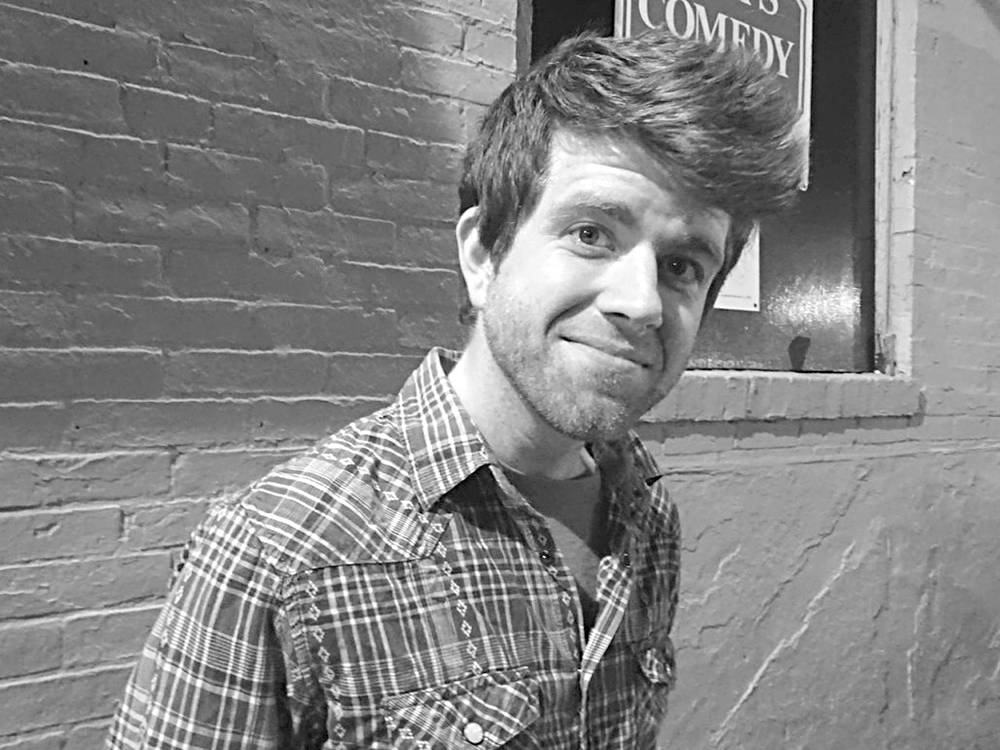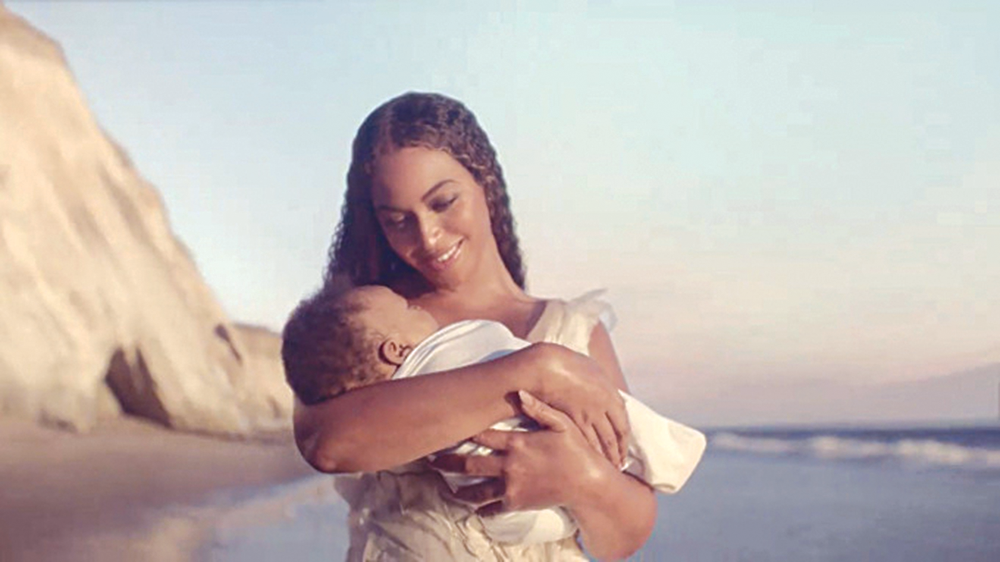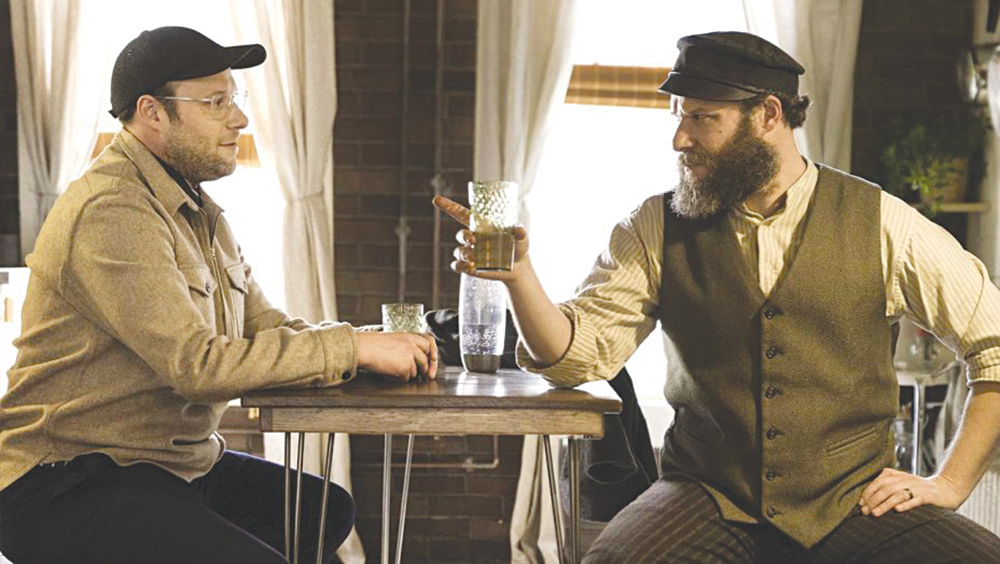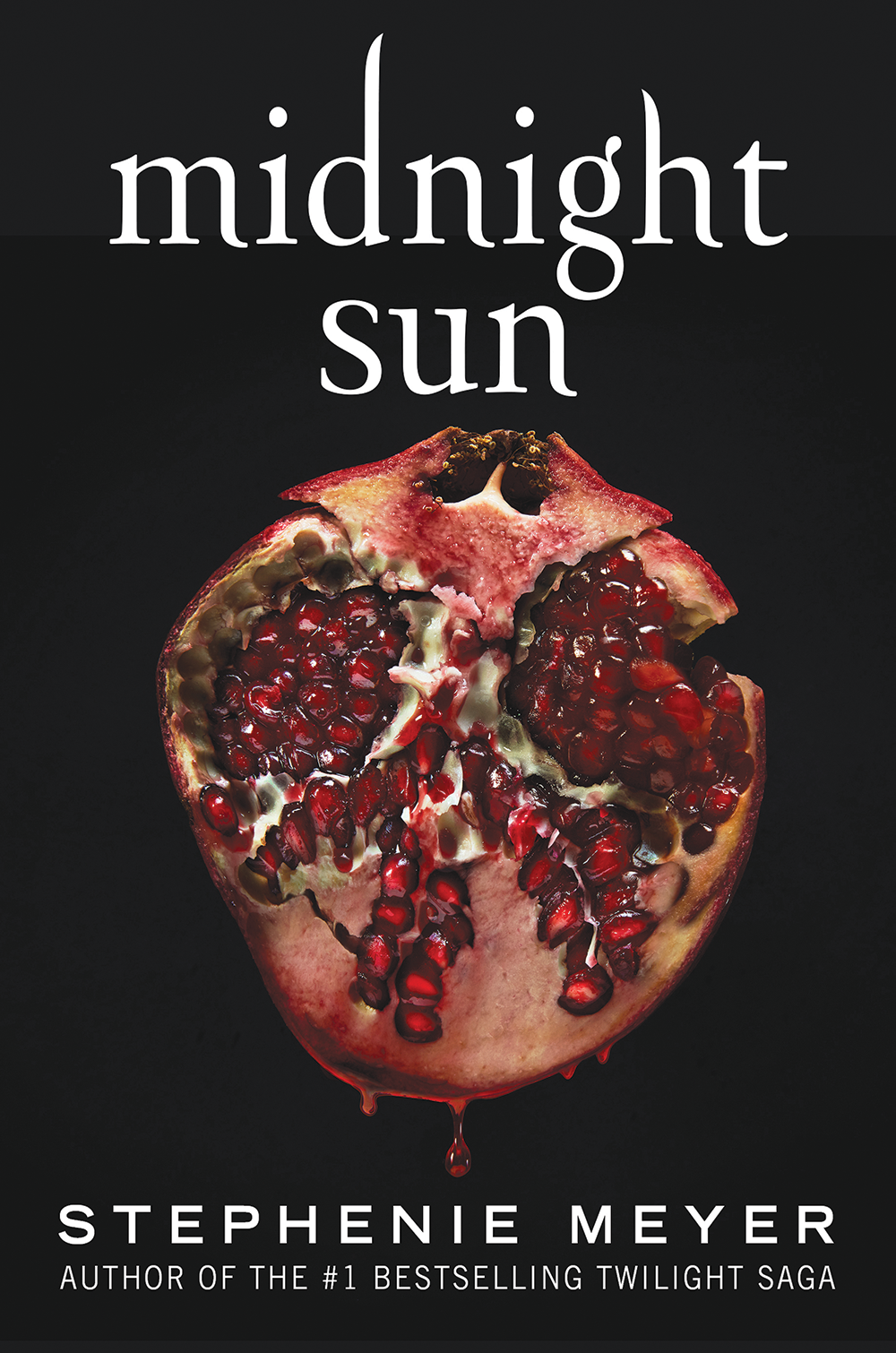Midnight Sun, by Stephenie Meyer (Little, Brown and Co., 658 pages)
Twilight aficionados read the first pages of Midnight Sun 12 years ago. They just now found out how it ended.
That’s because when Stephenie Meyer learned that the beginning of Twilight 2.0 — the same vampire love story, told from another perspective — had been leaked on the internet, she fell into a foul funk and stopped writing. “If I tried to write Midnight Sun now, in my current frame of mind, James would probably win and all the Cullens would die,” Meyer wrote on her website in 2008.
At some point, however, Meyer’s state of mind improved, or maybe the contents of her bank account dwindled, and she was able to find the will to finish the story, providing a sparkly bit of happiness for Twilight fans in a dreary Forks kind of year.
I have suffered through it, and here is what happens: The vampire gets the girl, and she lives to tell the story in four bestselling books and five movies. Sorry if that spoiled anything.
It is a testament to American capitalism that Meyer has pulled a 658-page rabbit out of this tattered and blood-stained hat. Not that the franchise has aged poorly; the bones of the original story — “the lion fell in love with the lamb” — were always strong, and the excellent casting and memorable soundtrack of the first movie propelled Twilight from the “young reader” shelves to the stratosphere of publishing. It’s not the “modern classic” that the Midnight Sun book jacket boasts but something more commercially valuable: a cultural phenomenon.
That’s what makes Midnight Sun so disappointing.
There is little new in this interminable navel-gazing of an angsty vampire newly in love, other than the opportunity to reflect on plot holes. My puzzler grew sore trying to figure out why, if Edward Cullen has two medical degrees, he stands by so helplessly in the climactic scene where the dying Bella Swan convulses violently on the floor of a dance studio, leaving his father, the good doctor Carlisle, to do most of the work.
As Edward moans about the boredom of going to high school for the 30th — or is it the 50th? — time, the perpetual matriculation explained as necessary to keep the myth of the perfect family intact, something inside me curdles, and I switch movies and go from Robert Pattinson to Cher, and want to slap him and yell, “Snap out it.”
Why are you in high school at all? You have two medical degrees! Go to work with your dad and contribute something meaningful to the world!
But no. Edward Cullen’s eternal purpose seems to be to stalk, as Bella Swan’s is to pout, and they do this for nearly 700 pages, with brief interludes for scintillating first-love conversations that are as interesting to behold as paint in the process of drying. As it turns out, we waited 12 years to find out Bella’s candy (black licorice and Sour Patch Kids) and soda pop (Dr Pepper), and the stream-of-consciousness drivel that goes through the mind of everyone in Cullen’s orbit. (You will recall that he can read the minds of everyone but for Bella. Pity the reader.)
The biggest plot hole of all, however, is how someone with such an interesting existence can have such banal thoughts, too often delivered huskily with lowered eyelids. (Note to vampires: Don’t turn anyone immortal as a teenager, lest they be trapped in adolescent angst for all of eternity. Wait until they’re at least 30.)
That said, there are a few mildly interesting scenes, all having to do with Edward’s pre-Bella existence, such as Edward’s first Christmas as a vampire. But this made me long all the more for another book — not a companion novel, but a prequel. Midnight Sun would have been much more compelling as a novel that gave us Edward from Carlisle’s bite to the day he first saw Bella.
As it is, this is warmed over hash — the taste a bit different the next day, but overall the same dish.
Twihards will protest, and there will be some who can encounter the 18th worshipful reference to Bella’s liquid chocolate-brown eyes without perpetuating violence in a physical book. Which is good, because there is sufficient violence in Midnight Sun already.
In the first intoxicating hours of exposure to Bella, Edward mapped out a plan to slaughter a roomful of students so there would be no witnesses when he killed Bella. (“I wouldn’t have to worry about the windows, too high up and small to provide an escape for anyone. Just the door — block that and they were trapped.”)
However much this fantasy might align with vampire thought, it’s deeply unsettling to read in post-Newtown America, particularly in a franchise that targets adolescents. Even for Twi-Moms like me, it’s a step beyond the pale, so to speak.
I could have done without that information, and the bulk of what accompanies it. I prefer my vampires mysterious and brooding. But sure, sign me up for the prequel. D
BOOK NOTES
Is there a bigger fan of reading than Oprah Winfrey, who has said that “nothing, not one thing or activity, can replace the experience of a good read — being transported to a different land, a different realm, through words and language”?
Well, yes, as it turns out, there is Bella Swan, who is revealed in Midnight Sun (reviewed above) to be a more voracious reader than fans of the Twilight series might have inferred from her presence in Stephenie Meyer’s earlier books.
The Bella Swan Book Club, should you wish to join it, is heavy on classics, mysteries and dragons, causing her vampire boyfriend to swoon, “There was a bit of Jane Eyre in her, a portion of Scout Finch and Jo March, a measure of Elinor Dashwood, and Lucy Pevensie.”
If you want to read like Bella, here’s what that entails:
Little Women by Louisa May Alcott. And everything by Jane Austen, except for Emma.
Jane Eyre and everything else by Charlotte Bronte.
To Kill a Mockingbird, by Harper Lee.
Fahrenheit 451 by Ray Bradbury.
The Chronicles of Narnia by C.S. Lewis, “especially The Voyage of the Dawn Treader.”
Tooth and Claw by Jo Walton, which appears to be about a family of dragons that eat each other’s bodies after death.
And, odd for a girl who grew up in the Southwest, Gone With the Wind by Margaret Mitchell. (She hasn’t gotten the memo that GWTW has been canceled.)
If you would rather read like Oprah, that’s still possible, too, even though Winfrey has announced that her 20-year-old magazine will print its last edition in December.
Oprah’s Book Club is still going strong, and her latest pick is Caste, the Origins of Our Discontents, by Pulitzer Prize-winning journalist Isabel Wilkerson. It’s the 86th title that Winfrey has kissed and consequently No. 1 in “historical study” on Amazon. (But please buy from a local bookstore.)





